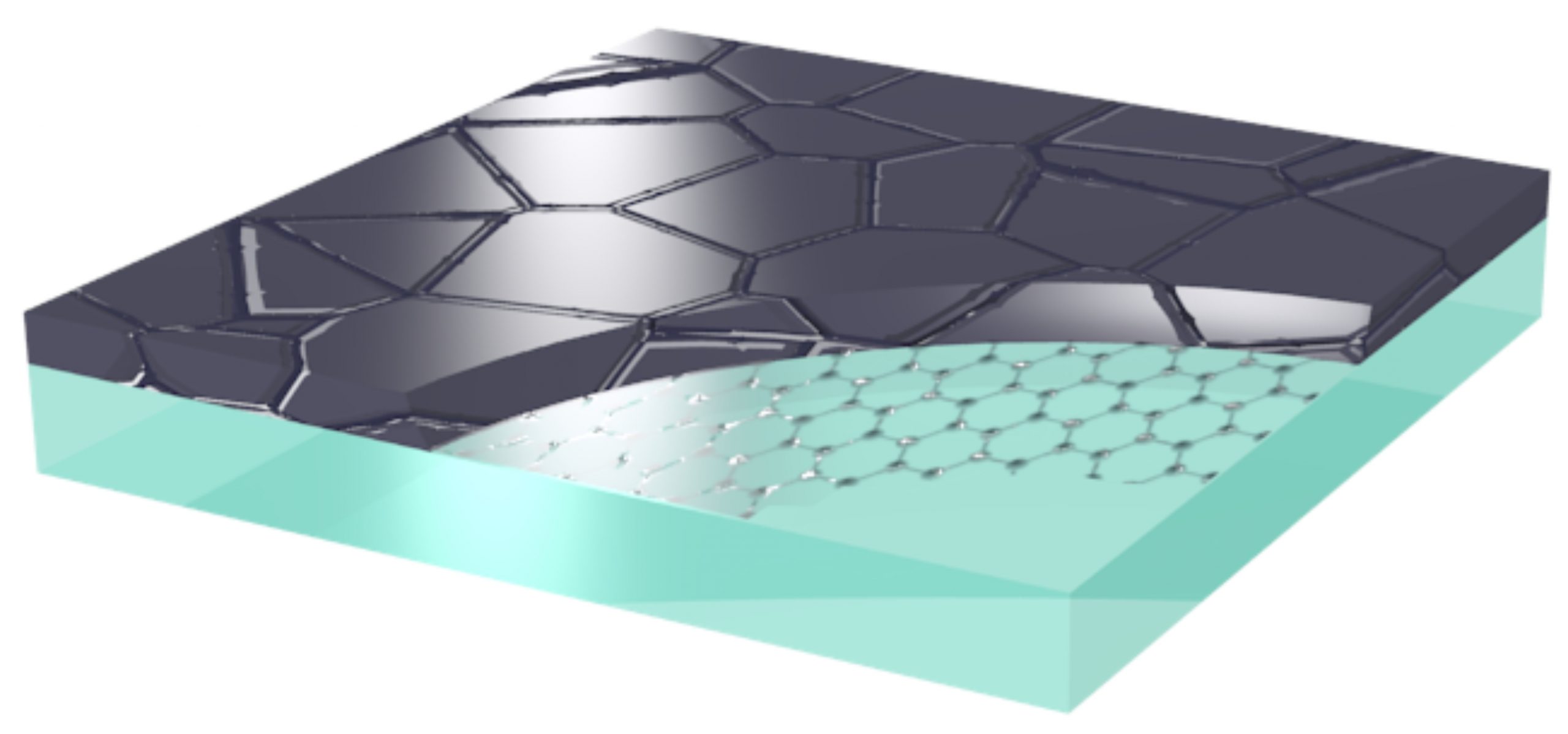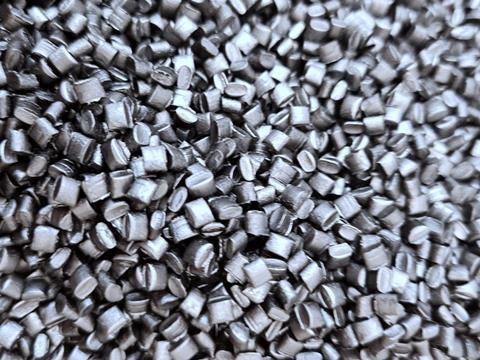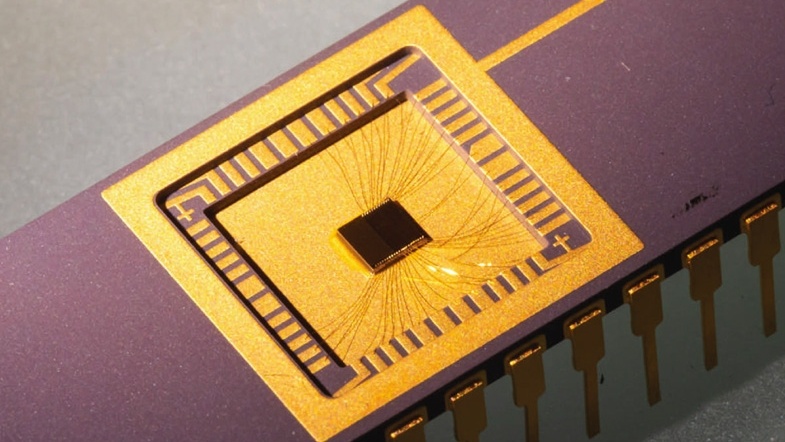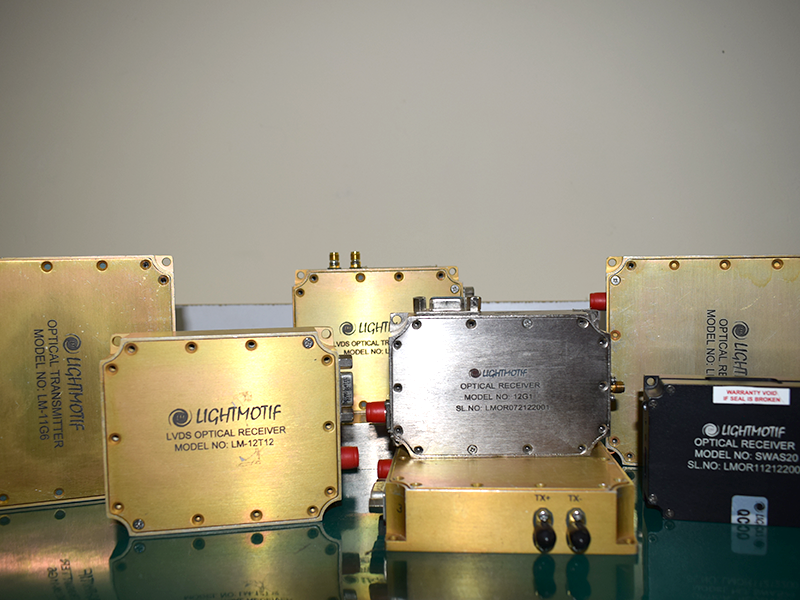



Approximately 1.5 times that of silver, the best-conducting metal.
Thermal conductivity ~ 4000 W m⁻¹ K⁻¹, nearly the highest among all known materials.
Tensile strength of 1.3 × 10¹¹ Pa, stronger than steel by about 200 times, similar to the strength of diamond.
Similar to rubber threads, graphene can stretch up to 20% of its original length when under tension.
A square meter of graphene weighs only 0.77 milligrams. With a mass of less than 1 gram, graphene sheets can cover an entire soccer field.
Graphene allows up to 98% of light to pass through.

Electronics: Graphene is utilized in the fabrication of transistors and microcircuits in electronic devices, advancing the generation of high-speed, energy-efficient computers compared to current silicon-based computers.

Optoelectronics: Graphene is employed in the production of optical sensors, optoelectronic transmitters and receivers in optical communication systems, and high-resolution cameras.

Energy storage and conversion: Graphene can be incorporated into lithium batteries, lithium-sulfur batteries, supercapacitors, fuel cell electrodes, and solar cells.

Environmental protection: Graphene is non-toxic and possesses the capability to absorb pollutants up to 600 times its own weight. Furthermore, graphene can be recycled after multiple uses.

Automotive, maritime, and aerospace industries: Due to graphene's durable and lightweight properties, composite materials containing graphene are gradually replacing heavy steel in these industries.

Big Nano Technology company conducts research and manufactures nano carbon materials, with graphene being a prominent example – one of the materials increasingly garnering attention for research and applications from both domestic and global technology companies. One of our major aspirations is to incorporate graphene into some fundamental materials currently used in industries to enhance the inherent properties of those foundational materials. With the integration of a small amount of graphene, less actual material will be needed to create products with improved performance.
We have received your request for sample.
Our research specialist will contact you soon.